Categories
NEW POSTS
What Wedding Band Goes With Solitaire: Styles, Metals & Fit
How to Care for Your Engagement Ring: 7 Expert Tips
13 Romantic Proposal Ideas in the UK: Best Places & Tips
Proposal Planning Checklist: 8 Steps to the Perfect Yes
Tags
Find Your Ring Size: Free At-Home Tools & UK/US/EU Chart
-
October 15, 2025
-
77
Getting the right ring size shouldn’t feel like guesswork. Between UK letters, US numbers and EU millimetres—and fingers that change with temperature—it’s easy to end up with a ring that pinches or spins. If you’re shopping online, planning a surprise proposal, or choosing stacking bands, accuracy matters.
This guide gives you simple, reliable ways to find your ring size at home for free. You’ll get a printable sizer (to use at 100% scale), an on‑screen digital sizer you can calibrate with a bank card or ruler, and quick methods using string or an existing ring—plus a clear UK/US/EU conversion chart.
We’ll walk you through measurement basics, pro tips for accuracy, what to do if you’re between sizes, discreet sizing ideas for proposals, and when professional fitting or resizing makes sense. Let’s get you a perfect fit, first time.
Table of Contents
ToggleStep 1. Understand ring measurements and sizing systems (UK/US/EU)
Before you find your ring size, know what each system is describing: the inside of the ring. You’ll either measure inner circumference (in millimetres) or inner diameter, then convert with a chart to the format you need.
- UK: Uses letters (with half sizes), each tied to a specific millimetre measurement.
- US: Uses numbers; convert from your mm measurement to the nearest size.
- EU: Uses metric-based sizing; convert your mm measurement using the chart.
Use the simple relationship circumference (mm) = diameter (mm) × π (≈ 3.14) to switch between the two.
Step 2. Set yourself up for an accurate measurement (timing, temperature, knuckle, width)
Accuracy starts before you measure. Fingers subtly change with temperature, time of day and what style of band you’ll wear. Create steady, real‑life conditions so the result matches how the ring will feel day to day. Take your time, relax your hand, and aim for consistency to avoid a size that pinches or spins.
- Timing: Measure late afternoon or evening when fingers are slightly larger.
- Temperature: Hands should be warm at room temperature; avoid measuring cold or overheated.
- Knuckle: The ring must pass the knuckle—ensure your measurement slides over the widest point.
- Width: Wider bands feel snug; if you’re between sizes for a wide band, choose the larger.
Step 3. Use our free printable ring sizer (print at 100% scale)
A printable sizer is the quickest way to find your ring size at home. Print the file at 100% (Actual Size) on A4 and verify the scale with a ruler first so you’re not working from a shrunken or enlarged page. Once the scale checks out, use either the ring‑matching circles or the measuring strip.
- Print correctly: Select 100% or Actual Size; turn off “Fit to page.”
- Check the scale: Use a ruler to confirm the guide’s test line measures exactly.
- Option A — existing ring: Place your ring over the circles until the inner edge just touches the line; note the size.
- Option B — measuring strip: Cut out, wrap at the finger’s base, mark the overlap, and read the size.
- Repeat: Measure twice; if you’re between sizes, note both for the chart.
Step 4. Use our on-screen digital ring sizer (calibrate with a card or ruler)
An on‑screen sizer is the quickest way to find your ring size if you already own a ring that fits. It works by calibrating your screen with a bank card or ruler so the on‑screen measurements match real millimetres, then matching your ring’s inner edge to the guide.
- Calibrate your screen: Use a bank card to align the top and bottom guide lines, adjusting with the +/– controls until they match the card exactly. Or use a ruler, aligning 0 to 0 and adjusting until the numbers match.
- Measure your ring: Place your ring on the guide and adjust with +/– until the arrows just touch the inside edge all the way around.
- Confirm: Note the size shown and repeat twice. If you’re between two sizes, record both for the conversion chart.
Step 5. Measure with string or paper to find circumference in millimetres
Don’t have a ring to trace? A thin paper strip or non‑stretch string will give you the finger’s inner circumference in millimetres—the simplest way to find your ring size at home. Work slowly and keep even tension so the fit feels snug and comfortable, and make sure the loop can pass over your knuckle.
- Cut a thin paper strip (or use non‑stretch string).
- Wrap it around the base of your finger; mark where the end meets.
- Check it will slide over the knuckle; re‑mark if needed.
- Lay it flat and measure the length in millimetres (mm).
- Repeat 2–3 times and average; then use the chart to convert. If you need diameter, use
diameter = circumference ÷ 3.14.
Step 6. Measure an existing ring’s inner diameter and convert with pi (÷ 3.14)
If you already have a ring that fits the right finger, measuring its inner diameter is fast and accurate. You’ll read the inside edge‑to‑edge distance in millimetres, then convert to circumference using π to find your ring size.
- Place the ring on a flat surface; use a mm ruler or digital callipers.
- Measure straight across the widest point, inside edge to inside edge (don’t include metal thickness).
- Rotate and measure again to check the ring is perfectly round; average to 0.1 mm.
- Convert with
circumference (mm) = diameter (mm) × 3.14. - Note the result and round to the nearest standard size when you use the chart next.
Step 7. Convert your measurement with the UK/US/EU ring size chart
With your inner circumference (mm) or diameter ready, use the chart to find your ring size. Match the closest millimetre value, then read across to the UK letter, US number and EU metric. As a sense‑check, examples include 53.8 mm ≈ UK N, 56.3 mm ≈ UK P, and 60.2 mm ≈ UK S.
- Normalise your unit: If you measured diameter, convert first:
circumference = diameter × 3.14. - Find the nearest mm value: Round to the closest size; note half sizes where offered.
- Read across systems: Take the UK/US/EU equivalents; if you sit between two, keep both for Step 8.
Step 8. Choose the right size when you’re between sizes or stacking bands
If your measurement sits between chart values, think about how you’ll wear the ring day to day. Band width, stacking, and whether your knuckle is larger than your finger’s base all nudge the decision. Aim for a size that slides over the knuckle but rests securely without squeezing.
- Wider bands or stacks: Go for the larger of the two sizes; multiple bands feel tighter together.
- Prominent knuckle: Choose the larger size; you can add a small adjuster later if it spins.
- Half sizes: If offered, pick the half size closest to your mm measurement.
- Still unsure? Choose larger; most designs can be resized by around one to two sizes later.
Step 9. Secret proposal tips to estimate their size without asking
Planning a surprise proposal? You can estimate their ring size without spoiling the moment. Work discreetly with something they already wear, capture a clean measurement, and keep a backup plan—if you’re close, aim slightly larger; many designs can be resized by around one to two sizes later.
- Borrow a ring: Choose one worn on that finger, match band width, then measure its inner diameter with the printable or on‑screen sizer.
- Trace it: Place the ring on paper, draw the inside circle, and read the diameter in mm.
- Photo estimate: Take a straight‑on photo next to a ruler; some jewellers can estimate from this.
Step 10. Understand what can and can’t be resized (and by how much)
Resizing depends on the ring’s construction. As a rule, jewellers keep adjustments small to protect settings and structure. Knowing the limits helps you choose wisely—and if you’re unsure, A Star Diamonds offers complimentary resizing to fine‑tune the fit.
- Plain bands: Straightforward; usually safe for about ±1–2 sizes.
- Diamond-set shoulders: More limited; small adjustments only—risk rises beyond ±2 sizes.
- Full/eternity bands: Often cannot be resized as there’s no bare metal.
- Multiple resizes: Typically 2–4 times; each resize weakens structure slightly—consider a remount or a discreet sizing bar/adjuster if needed.
Step 11. Common mistakes to avoid when finding your ring size at home
Most sizing errors come from setup and reading, not the tool. Keep your method simple, measure in steady conditions, and double‑check what the numbers actually represent (diameter vs circumference) before you convert.
- Wrong print scale: Not printing at 100% or skipping the ruler check.
- Cold or hot hands: Measuring when fingers are shrunken or swollen.
- Stretchy/thick material: Using elastic string or bulky paper strips.
- Ignoring the knuckle: Measuring snug at the base but not knuckle‑friendly.
- Measuring the wrong edge: Using the ring’s outside or metal thickness.
- No screen calibration: Skipping card/ruler calibration on digital sizers.
- Mixing units: Confusing diameter with circumference or forgetting
× π (3.14). - Wrong finger/hand: Borrowing a size from a different finger or hand.
Step 12. Double-check your result: repeat, average, and sanity-check
Treat sizing as a mini experiment, not a one‑off. Take two or three readings with warm hands (ideally later in the day), using two methods if you can—string/paper for circumference and an existing ring for diameter. Average your millimetre results before you convert.
- Consistency: Results should land close—within a single step on the chart.
- Knuckle pass: Slides over the knuckle with gentle resistance, then rests snug.
- If methods differ: Pick the larger size; minor adjustments are usually possible later.
Step 13. When to get a professional fitting and book an appointment
At‑home methods are accurate, but there are moments when a professional fitting is the smartest move—especially for complex designs or when you need an exact size. A jeweller will use an industry‑standard ring sizer and assess band width, knuckle pass and comfort.
- Still between sizes after repeating measurements
- Wide bands, diamond shoulders, or eternity styles
- Big day‑to‑day size changes in your fingers
- High‑value purchase or proposal where precision matters
- Recent weight change, pregnancy, or joint issues
At A Star Diamonds, book an appointment at our Hatton Garden studio; we’ll measure precisely and offer complimentary resizing to perfect the fit.
Quick wrap-up and next steps
You’ve now got simple, accurate ways to size at home: printable/on‑screen sizers, string or an existing ring, a clear UK/US/EU chart, plus tips for stacks, knuckles and resizing. Measure calmly, repeat, and double‑check.
- Print at 100% or calibrate your screen, take 2–3 readings, and average the mm.
- Convert with the chart; if between sizes, choose larger for wider bands or big knuckles.
- Prefer a perfect fit? Visit A Star Diamonds to book a Hatton Garden fitting and enjoy UK‑made craft with lifetime free resizing, cleaning, polishing and complimentary engraving.
Related posts
What Wedding Band Goes With Solitaire: Styles, Metals & Fit
You’ve said yes to the solitaire engagement ring of your dreams. Now comes the next decision: finding
How to Care for Your Engagement Ring: 7 Expert Tips
Your engagement ring represents one of the most meaningful purchases you’ll ever make. It symbolises
13 Romantic Proposal Ideas in the UK: Best Places & Tips
You’re ready to propose but the pressure to create a perfect moment feels overwhelming. You want
Proposal Planning Checklist: 8 Steps to the Perfect Yes
You know you want to marry them. You can picture their face when they say yes. But between that moment
How Natural Diamonds Are Formed: Mantle, Pressure, Eruption
Natural diamonds form deep inside the Earth under extreme conditions you can barely imagine. Carbon atoms
7 Modern Engagement Ring Ideas for a Contemporary Look
You want an engagement ring that feels fresh and current, but classic styles like vintage clusters or








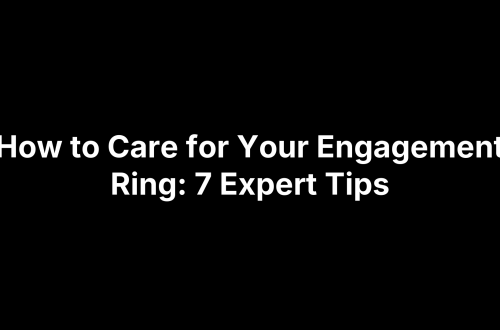


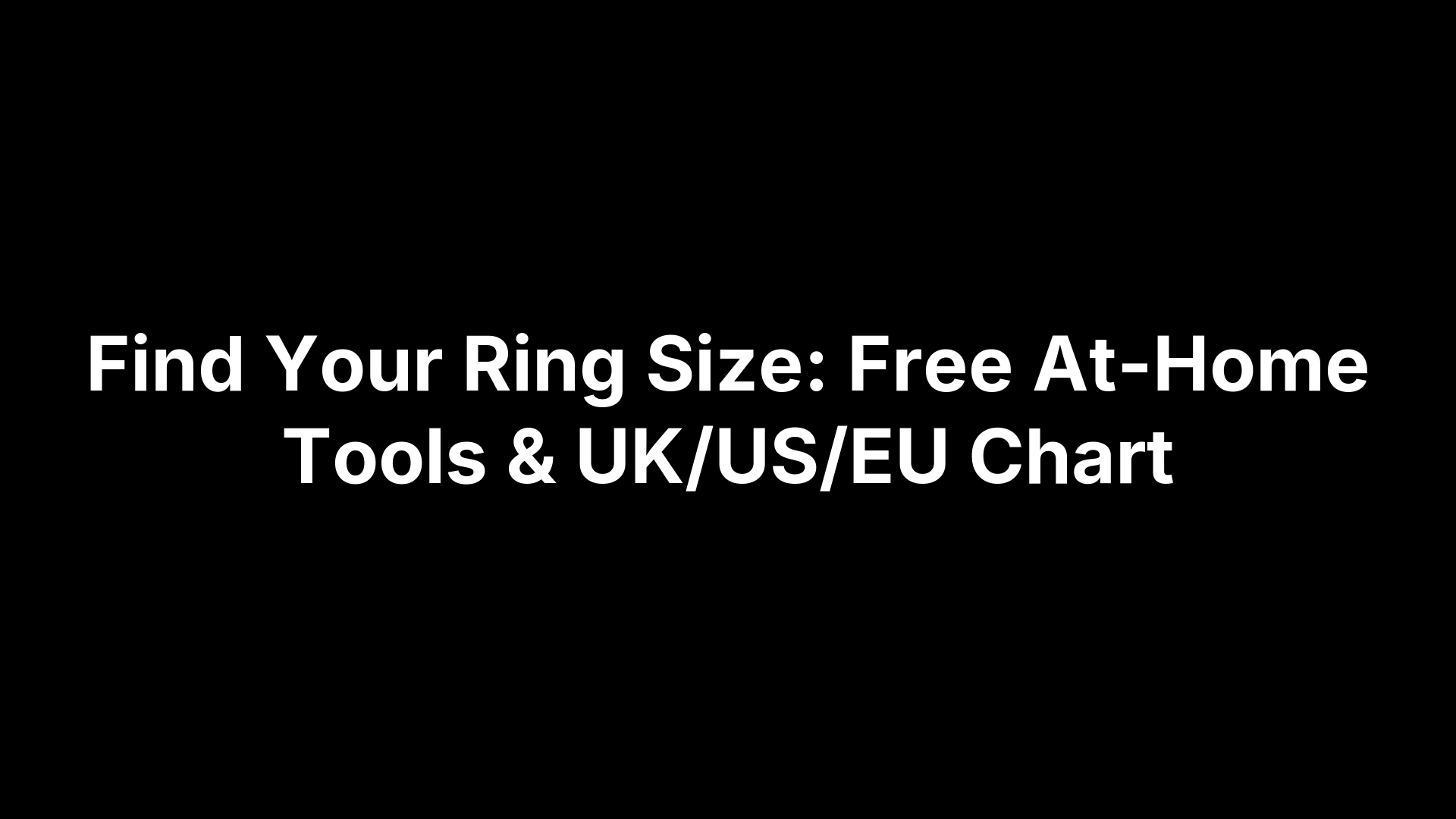

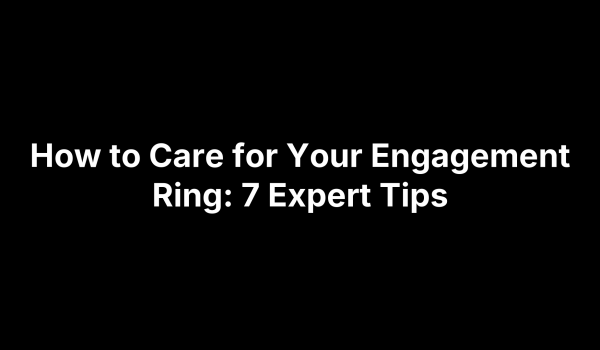


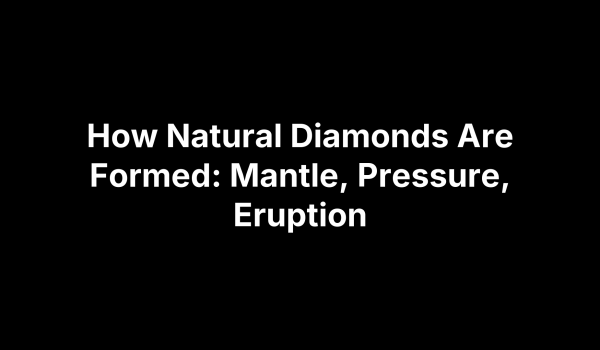
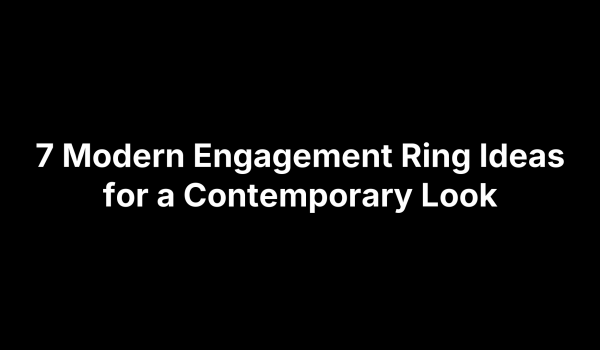

Leave a comment